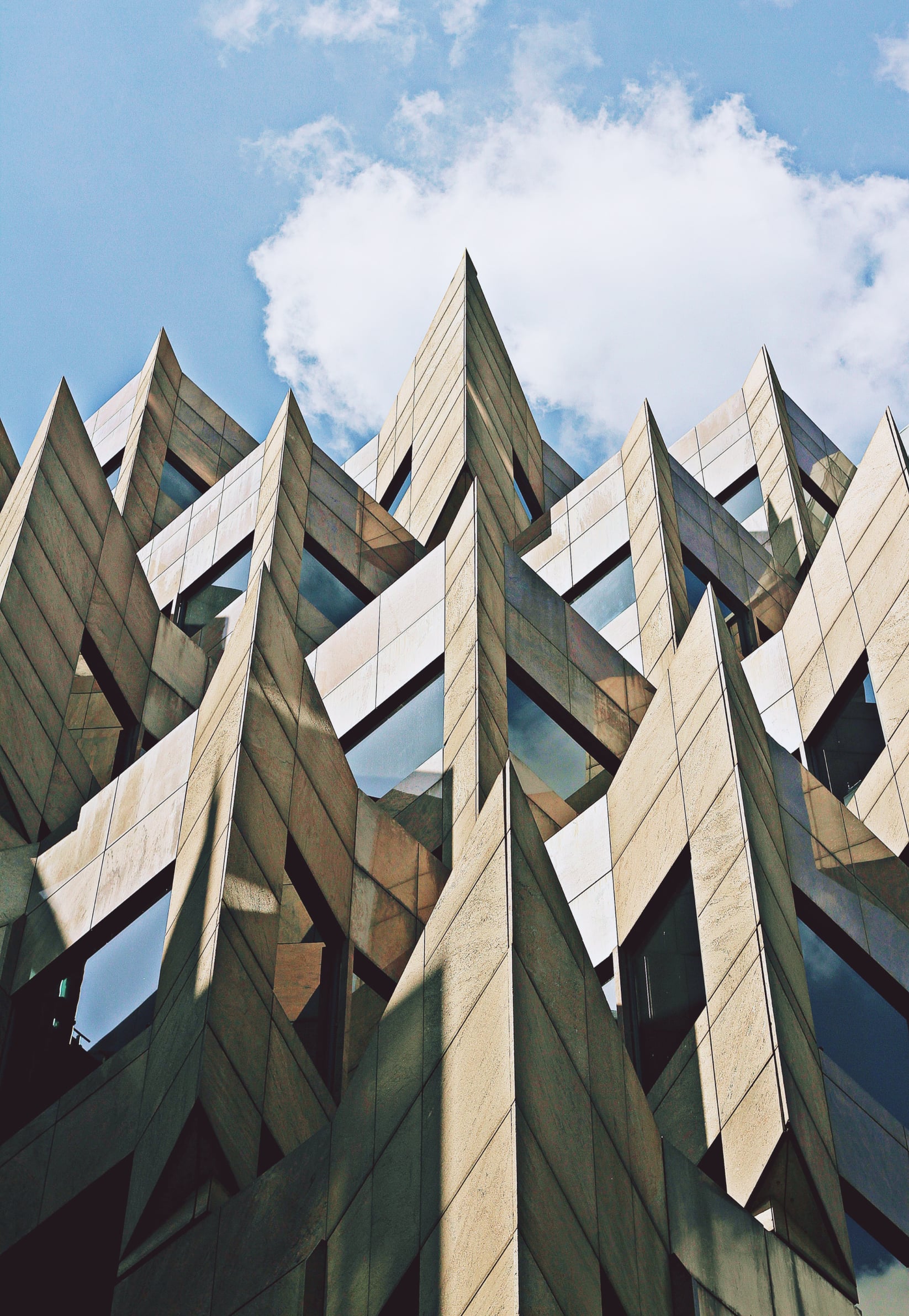An Interview with Architect Helga Steiner
Rhye Moore: Good day, Helga. Thank you for joining me today to discuss the captivating world of architecture and the delicate balance between form and function in your work. Let’s dive right in. How do you define the relationship between form and function in architecture?
Helga Steiner: Hello, Rhye. It’s a pleasure to be here. The relationship between form and function in architecture is akin to a harmonious dance. Form represents the aesthetics, the visual and emotional aspects of a building, while function is its practical purpose and how it serves the occupants. The two are deeply intertwined; they should enhance one another rather than compete. A successful design finds a way to meld these elements seamlessly.
RM: It sounds like a delicate equilibrium. How do you approach achieving this balance in your projects?
HS: You’re absolutely right; it is delicate, but it’s also one of the most rewarding aspects of architecture. To achieve this balance, I start by thoroughly understanding the project’s functional requirements and its context. Every building has a purpose, whether it’s a home, a museum, or an office. The design must serve that purpose effectively. Once that foundation is laid, I explore the form, drawing inspiration from the site, culture, and the client’s vision. It’s about finding that sweet spot where aesthetics enhance functionality and vice versa.
“Sustainability is non-negotiable in today’s world. It’s not just a trend; it’s a responsibility. I incorporate sustainable features into my designs from the very beginning.”
Helga Steiner
RM: Can you give us an example of a project where you had to navigate this delicate balance between form and function?
HS: Certainly. Let’s talk about the Oceanfront Residence I designed a few years ago. The clients wanted a modern, spacious home with stunning ocean views. The functional aspect was clear: it needed to provide comfortable living spaces and make the most of the view. However, the challenge was ensuring that the modern, bold form of the house didn’t obstruct the natural beauty of the surroundings. We achieved this by using large, strategically placed windows that framed the ocean like living artworks. The form of the house complemented the natural beauty, enhancing both the function and the aesthetics.
RM: That sounds breathtaking. How do you handle situations where the client’s vision and practical requirements clash with your artistic instincts?
HS: Collaboration is key. I believe in open communication with my clients. We have to understand each other’s perspectives and constraints. When there’s a clash between their vision and the practical requirements, it often leads to fruitful discussions and innovative solutions. It’s about finding common ground and guiding them toward a design that satisfies both their desires and the architectural principles.
RM: That’s a great approach. Architecture also plays a significant role in sustainability today. How do you incorporate sustainability into your designs without compromising form or function?
HS: Sustainability is non-negotiable in today’s world. It’s not just a trend; it’s a responsibility. I incorporate sustainable features into my designs from the very beginning. For instance, I prioritize passive design strategies such as maximizing natural light and ventilation to reduce energy consumption. Form and function can be enhanced through sustainable choices. Using eco-friendly materials can add unique textures and colors to a project, enriching its aesthetic appeal. So, sustainability doesn’t have to be a compromise; it can be an integral part of a design’s form and function.
RM: It’s inspiring to see how you integrate sustainability seamlessly. As an architect, you also play a role in shaping communities. How do you balance the individuality of your designs with the context of the surrounding neighborhood?
HS: Every project is a piece of a larger puzzle. I believe that architecture should respect its context. When designing within established neighborhoods, I take into account the architectural language and character of the area. This doesn’t mean replicating existing structures but rather creating a dialogue between the old and the new. The individuality of a design can shine through details, materials, and unique elements while respecting the broader context. It’s about making a statement while being a good neighbor.
RM: That’s a thoughtful approach. To conclude, what advice would you give to aspiring architects who want to master the art of balancing form and function in their work?
HS: My advice to aspiring architects would be to never stop learning and observing. Travel, study various architectural styles and time periods, and keep pushing the boundaries of your creativity. Form and function will become intuitive as you gain experience. Also, always put yourself in the shoes of the occupants. How will they use the space, and how will it make them feel? That empathy will guide you in achieving the perfect balance between form and function in your architectural creations.
RM: Thank you, Helga, for sharing your insights and experiences in the world of architecture. It’s been a pleasure discussing the art of balancing form and function with you today.
HS: Thank you, Rhye, for the opportunity to delve into these crucial aspects of architecture. It’s been a pleasure, and I hope our conversation inspires others to explore the endless possibilities of this beautiful field.

Leave a Reply